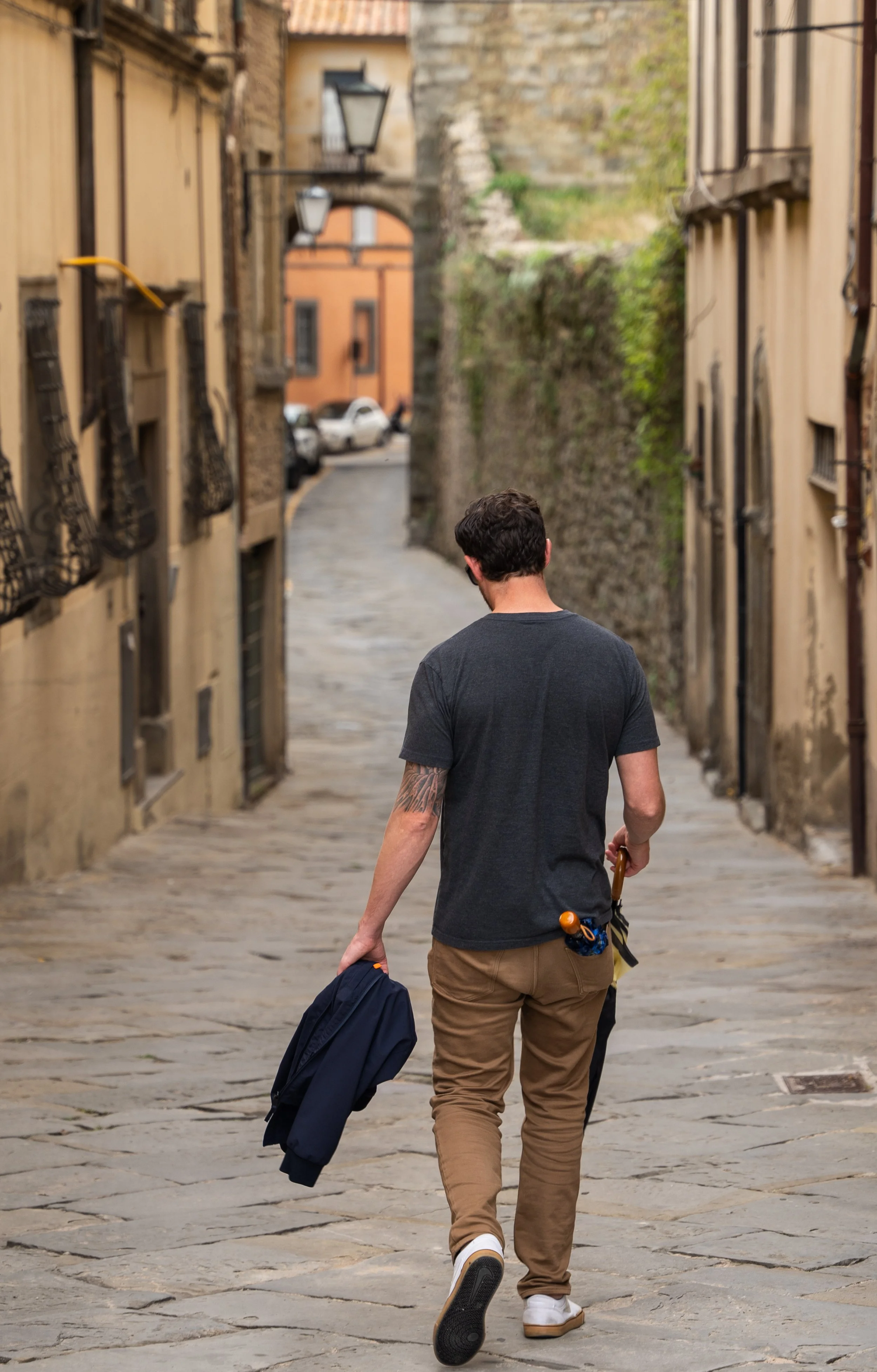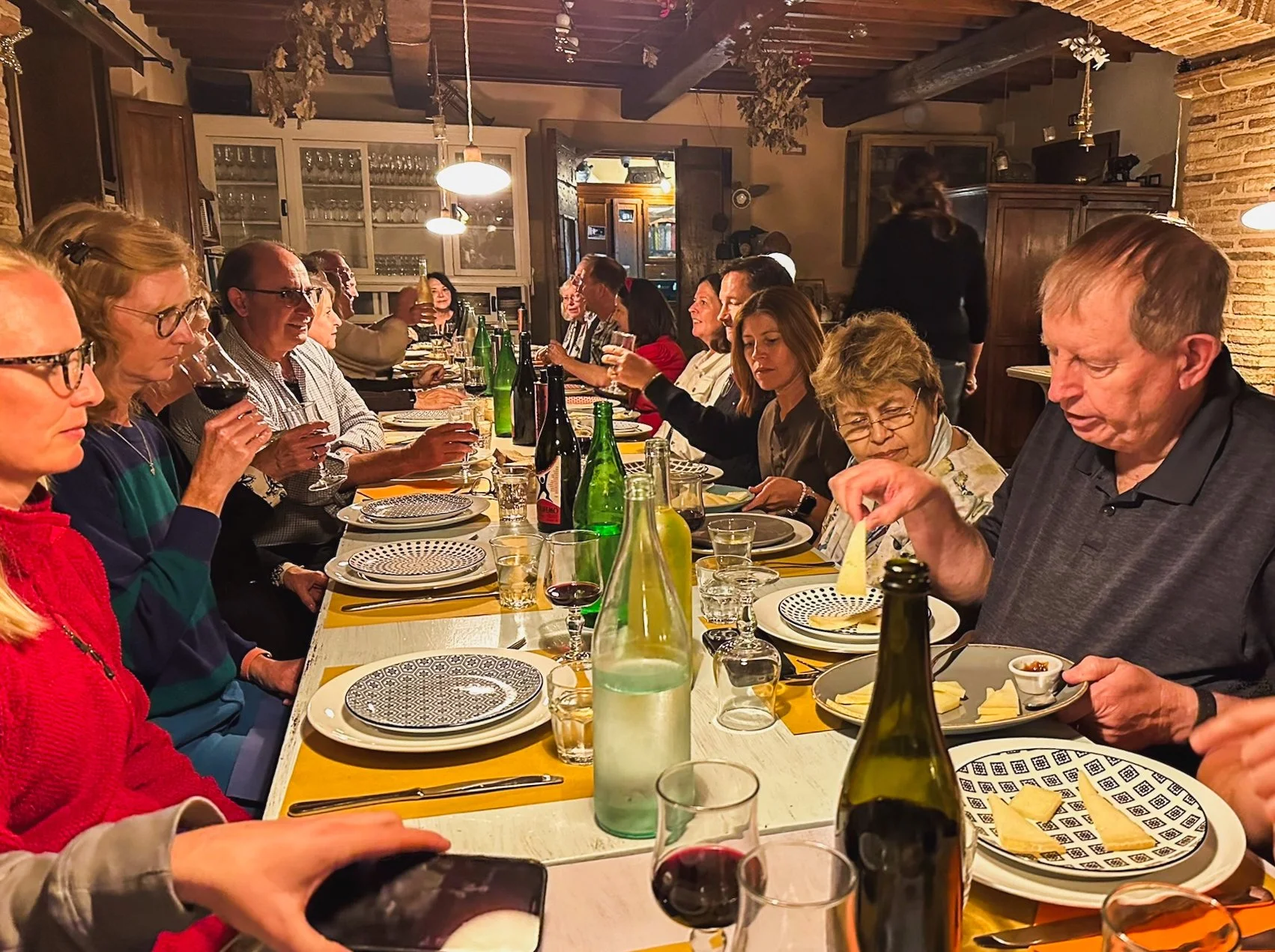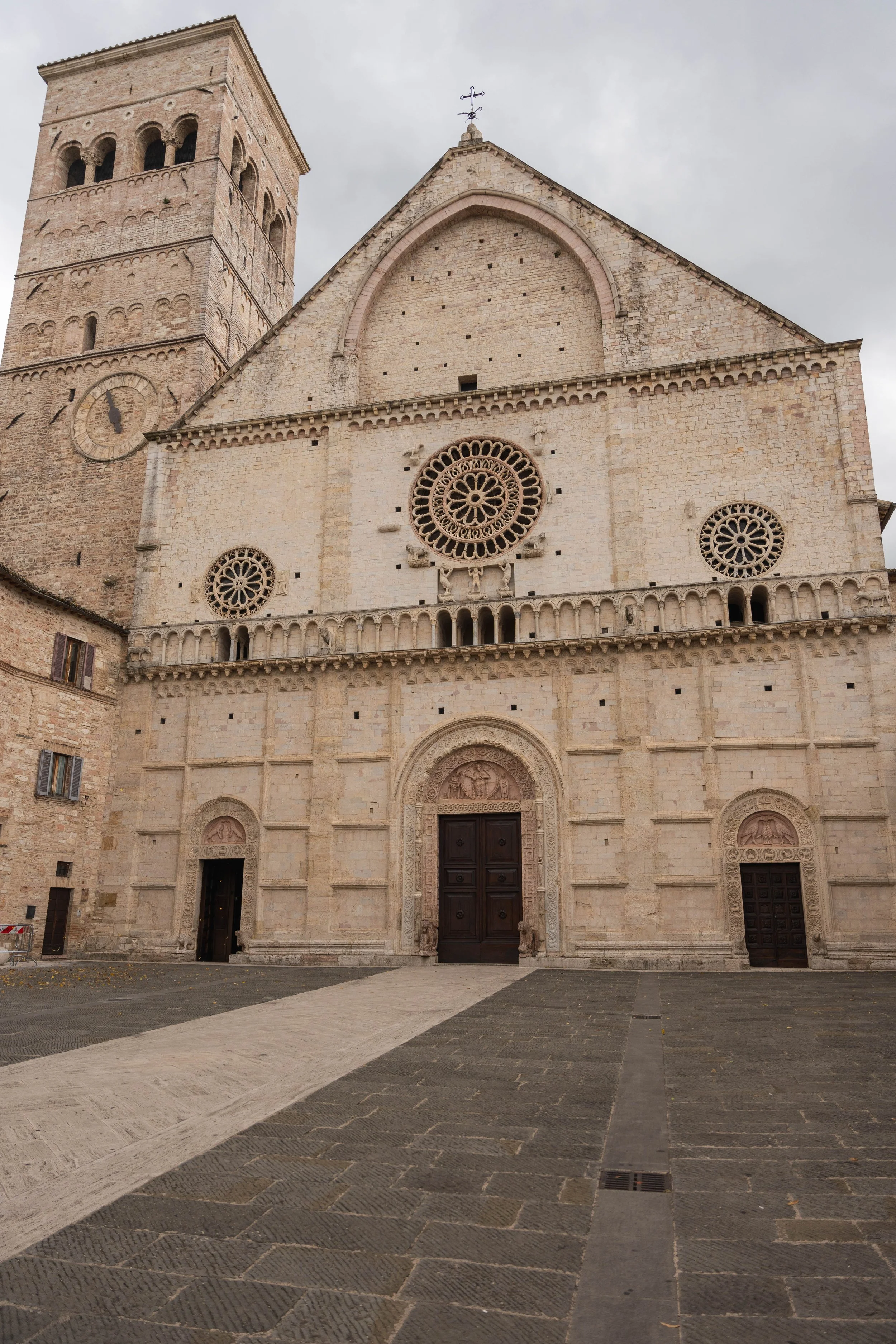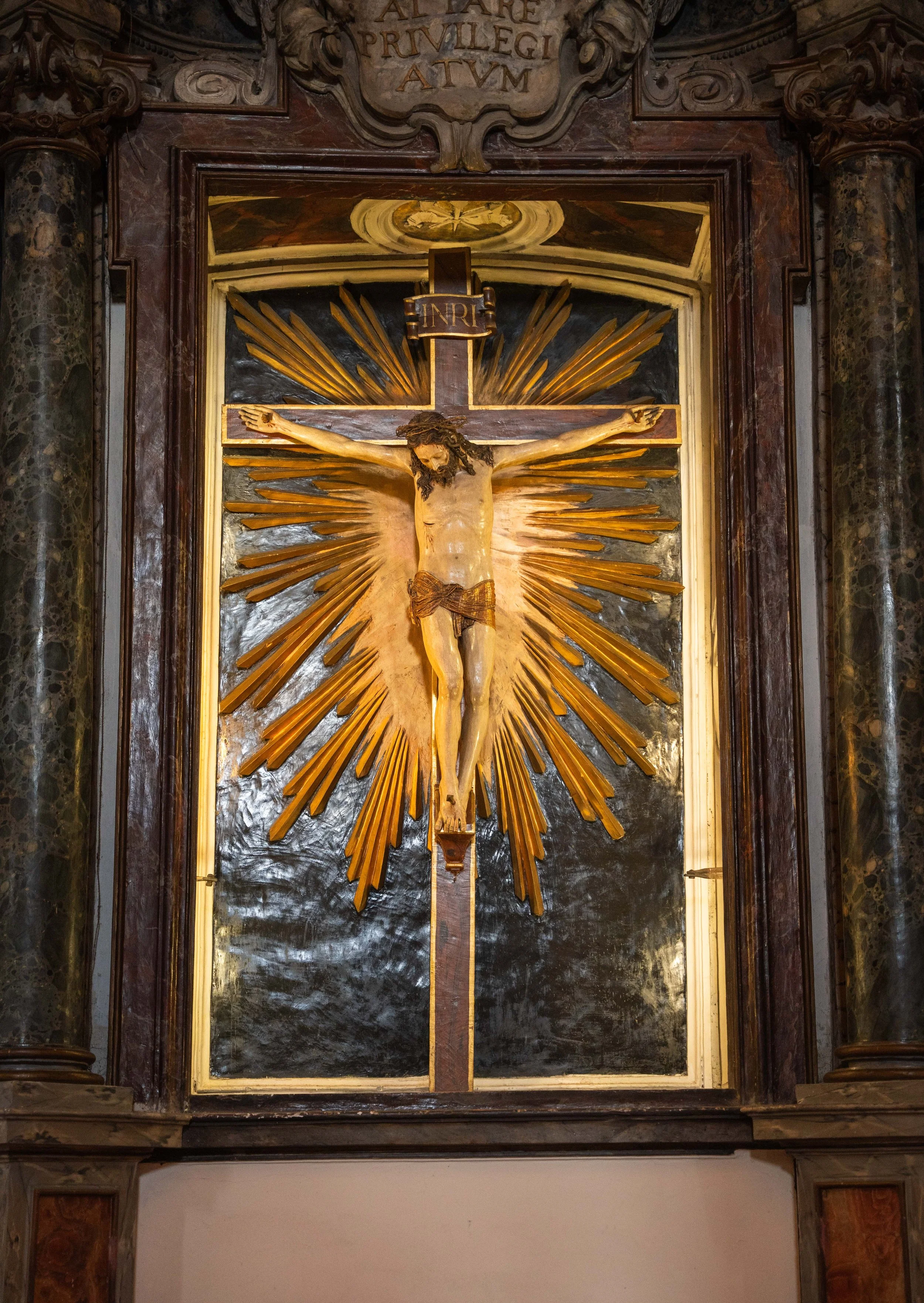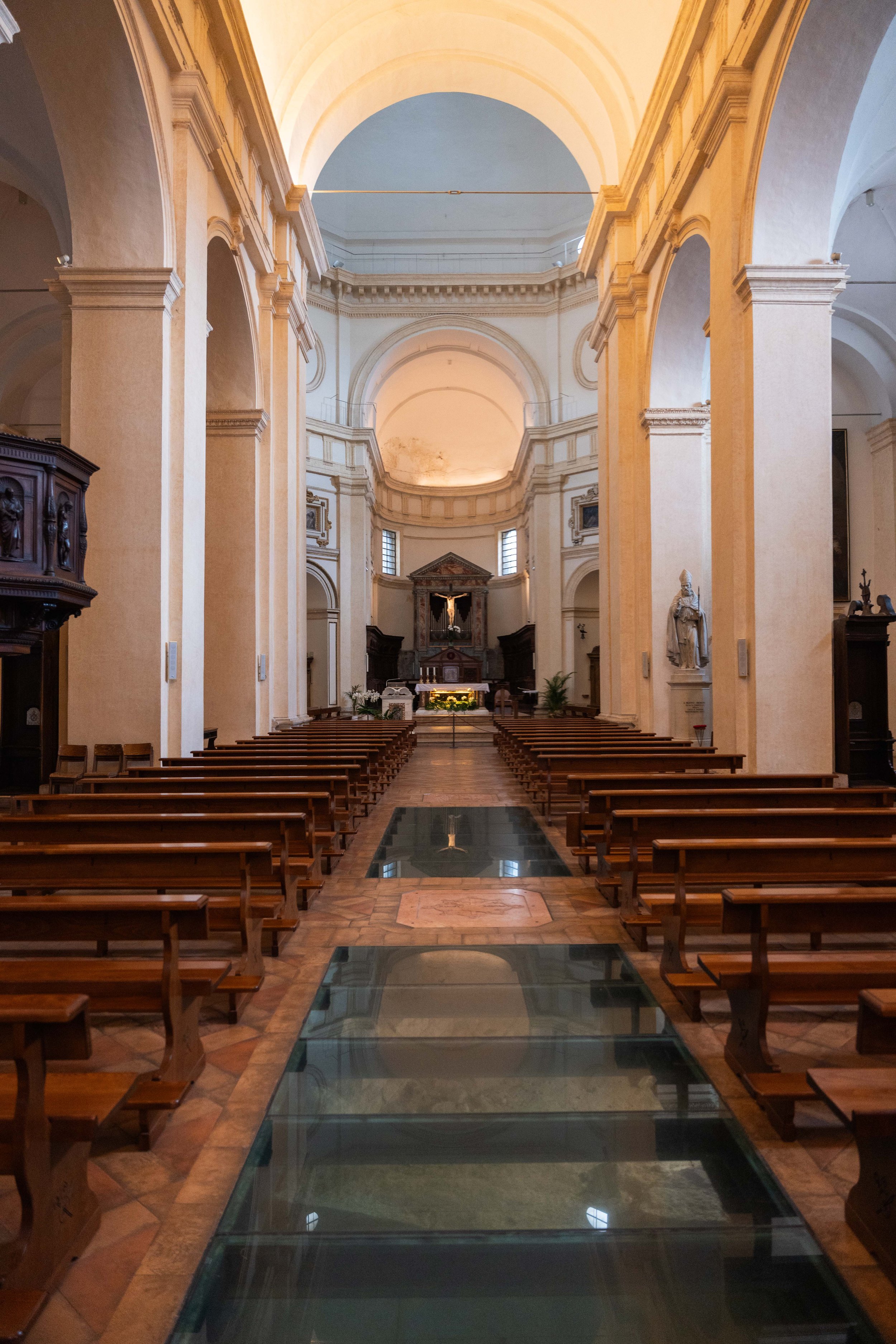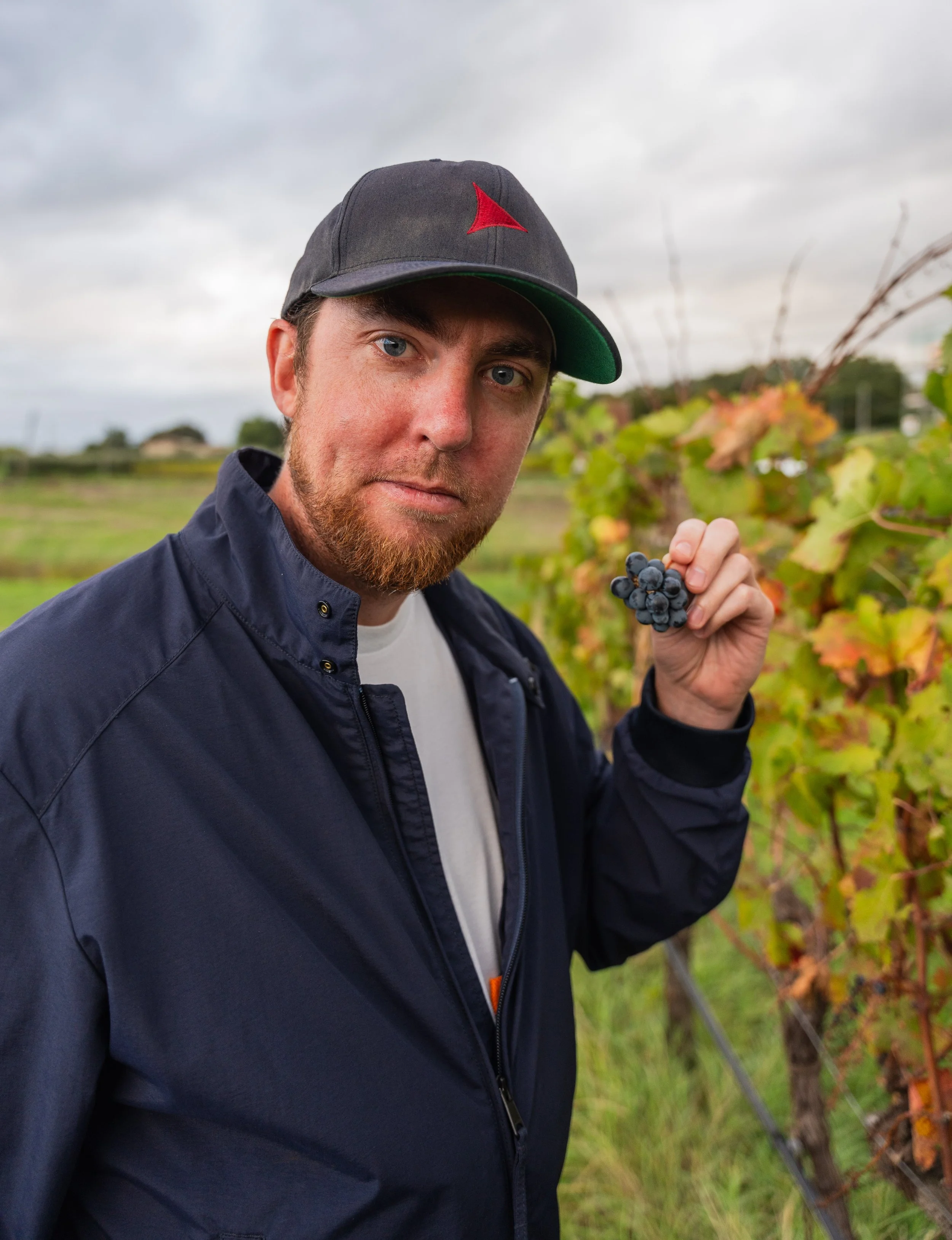My Way Italy Day 9-10: A Spiritual Reflection Assisi and Umbria
My Way Italy Day 9: On the Road to Assisi with a Stop in Tuscany
With a deep sense of gratitude for the sacrifices made by American soldiers in WWII, we continued our journey through Tuscany, heading toward Assisi. The landscape shifted dramatically, like walking out of a bustling art gallery and straight into the frame of a serene masterpiece. Florence’s narrow streets and terracotta rooftops faded in the rearview, giving way to rolling hills, their curves brushed with olive groves and vineyards that have thrived for generations. It was as if the chaos of the city dissolved into the timeless, pastoral rhythm of Tuscany, where every view seemed worthy of a canvas.
Overview
-
Cortona, Italy: This picturesque Tuscan hill town with ancient Etruscan roots and a rich cultural heritage. Its charming medieval streets, sweeping views of the surrounding countryside, and vibrant art scene capture the essence of traditional Italian charm.
Basilica di Santa Chiara: A historic church in Assisi dedicated to St. Clare, featuring her tomb and modest religious art in a serene, reflective setting.
Rocca Maggiore: Towering above Assisi, this medieval fortress in Umbria is known for its commanding hilltop location and panoramic views. Its ancient stone walls and towers offer a glimpse into the region’s storied past.
Cathedral of San Rufino: A historic Romanesque church dedicated to the town’s patron saint. Renowned for its austere stone façade, intricately designed bronze doors, and notable interior frescoes, it stands as a testament to Assisi’s rich religious and artistic heritage.
Papal Basilica of St. Francis: a revered pilgrimage site celebrated for its stunning medieval frescoes and its deep spiritual significance as the resting place of St. Francis.
Cantina SAIO: A trendy wine bar in Assisi celebrated for its extensive selection of local Italian wines. It has stunning views of Assisi—perched like a castle on a hill.
-
Bar Trovellesi: If you’re on the go, this is the perfect breakfast spot offering quick service, fresh pastries, and excellent coffee to kickstart your day.
Osteria Pozzo della Mensa: Known for its inviting ambiance and mouthwatering menu. After eating there, we claim they serve the best sandwiches in town.
Ristorante vino e cucina: Offering a delightful blend of traditional Umbrian dishes and carefully selected local wines. Its inviting atmosphere and excellent service make it an ideal spot for a memorable final dinner in Assisi.
-
Explore Assisi’s rich spiritual heritage by visiting iconic sites like the Basilica of St. Francis and wandering its charming, historic streets.
Savor authentic Umbrian cuisine at local eateries for a true taste of the region while enjoying the town’s breathtaking hilltop views.
Lunch in Tuscany
After hours on the road, we arrived in Cortona, a Tuscan hill town that feels like stepping into a postcard come to life. Nestled on its hilltop, this tranquil gem offered a rare glimpse into authentic Italian life—unhurried, steeped in tradition, and blissfully free of crowds.
Cortona’s medieval roots are palpable in every corner. Once an Etruscan settlement and later a Roman outpost, the town’s history is etched into its well-preserved stone walls, which seem to whisper stories of centuries past. Wandering through its narrow streets, you’re surrounded by a quiet charm that feels worlds away from the busier Tuscan hotspots. Cortona’s small size and serene vibe make it a joy to explore, offering a perfect blend of history and simplicity.
Wandering through its narrow cobblestone streets and sun-drenched piazzas, it felt like the town had been gifted to us alone. The absence of tourists made every turn feel personal, every view like a secret waiting to be discovered. Cortona wasn’t just a stop for lunch—it was a reminder of why Tuscany is a place to savor, not rush through. Quiet, timeless, and impossibly charming, it offered us the kind of serenity that only a place this special can provide.
The highlight was the breathtaking views of Tuscany, the kind only an Italian hill town can offer. The rolling hills seemed to stretch endlessly, rippling like a green and golden sea, their gentle curves as soothing as waves lapping a quiet lakeshore.
Reluctantly, after a few enchanting hours wandering the cobbled streets of Cortona, it was time to hit the road again, leaving this Tuscan postcard behind as we set our sights on Assisi, another jewel waiting to be discovered.
Arriving in Assisi
After a few more hours on the road, we arrived in Assisi, the birthplace of St. Francis, one of Italy’s most beloved patron saints. Each year, nearly 5 million pilgrims make their way to this hilltop town, drawn by its spiritual legacy and timeless beauty. As we entered the city, we were greeted by a sunset that seemed to set the hills of Umbria ablaze with gold, casting an ethereal glow over the landscape.
It struck me that Assisi is a real-life embodiment of what Ronald Reagan once referred to as a "shining city on a hill," a beacon for the world to admire. But unlike Reagan’s vision, rooted in American exceptionalism, Assisi’s light doesn’t come from power or dominance. It shines from humility, simplicity, and a connection to something greater than itself. Here, the legacy of St. Francis—a man who embraced poverty and compassion over wealth and control—offers a reminder that greatness isn’t about being seen but about living with purpose.
After nearly a week and a half in Italy—starting in the bustling streets of Rome and now reaching the serene heights of Assisi—I can say this was the most stunning sunset of the trip. The golden sky bathed the hills of Umbria in a warm glow, transforming the landscape into a masterpiece worthy of the Renaissance. Sipping local wine as twilight fell, I felt Assisi’s reflection of quiet grace and enduring humanity—a timeless lesson beautifully illuminated in the fading light.
As the golden hues of sunset melted into night, we arrived at Parco del Monte Subasio for what promised to be the best part of the day—a 0 km meal shared with our tour group. Like the wine-tasting in Como, this was another chance to connect with fellow travelers, exchanging stories of our Italian adventures over plates of hearty, local food.
There’s something undeniably magical about breaking bread together. The long wooden table, the rustic glow of the interior, and the simple elegance of Umbrian cuisine created an atmosphere that felt timeless. Paired with a glass of wine, the experience was pure romance—a fleeting yet unforgettable moment. If this wasn’t the Lutz Dolce Vita, I don’t know what could be.
Taylor Tip
When in Tuscany and Umbria it is essential to experience a 0 km meal and see the passion that local farmers have for their work.
My Way Italy Day 10: Exploring Assisi
Castle on the Hill: Rocca Maggiore
The next morning, we wandered through Assisi’s streets before heading up to Rocca Maggiore, the imposing castle that watches over the town. Perched high above the city, it offers breathtaking views of Assisi and the rolling Umbrian countryside. Built in 1174, this fortress was a defensive stronghold, later expanded in the 14th century under papal rule to solidify control over the region.
Exploring the castle was like stepping back into a time of knights and sieges. Standing on its walls, it was easy to imagine medieval guards scanning the horizon for threats or dignitaries being welcomed with pomp and ceremony. Like the villas of Como, Rocca Maggiore is a testament to how strategy and spectacle shaped these historic spaces. Its views alone were worth the climb, offering a glimpse of what it must have felt like to command a vantage point this powerful.
Exploring this castle was nothing short of spectacular, offering breathtaking views of Assisi and the rolling hills of Umbria. Walking through its ancient walls felt like stepping into the world of Game of Thrones—a place where history and fantasy collide. As I wandered its stone corridors, I half-expected Daenerys Targaryen herself to appear, ready to command dragons and armies from this commanding perch.
“With his teaching, Francis challenged the decadence of church government. He took Jesus’ message of non-materialism and simplicity seriously, challenging the wealthy and powerful around him.”
Visiting the Cathedral of San Rufino
After descending from the castle, we found ourselves at the Cathedral of San Rufino, a cornerstone of Assisi’s spiritual heritage. It was here, in 1182, that St. Francis was baptized, marking the beginning of a life that would shape Christianity forever. Today, it remains a key destination for pilgrims seeking to walk in his footsteps.
Stepping inside, I was struck by the simple elegance of its Baroque interior—a refreshing contrast to the grandeur of other Italian churches I’d visited. The statues and frescoes, though beautiful, felt understated, inviting reflection rather than overwhelming the senses. It was a space designed to direct attention not to its decor but to the faith and sermons it houses.
Visiting the cathedral, I understood its deeper purpose. It’s more than a church; it’s a living, breathing testament to Assisi’s enduring faith, its layered history, and its quiet yet profound beauty.
The Basilica St. Francis built
After visiting the place where St. Francis was baptized, we continued to his final resting place: the Papal Basilica of St. Francis in Assisi. As we walked through the town, a quiet stream of others joined us, all moving with the same sense of purpose. It felt oddly like heading to a stadium before a game—not with cheers and anticipation, but with a solemn reverence. The streets, lined with fluttering flags, seemed to whisper that this was no ordinary destination.
The basilica, a stunning example of Gothic architecture, loomed ahead with its intricate facade and a massive stained glass window glowing like a jewel above its towering wooden doors. Inside, photography was forbidden—not that you’d need it. The frescoes adorning the walls and ceilings were spellbinding, not just for their artistry but for the stories they told. These weren’t mere decorations; they were visual sermons, teaching the tenets of the Franciscan order: humility, compassion, and a profound respect for nature.
In the crypt below, we found St. Francis’s tomb, simple yet powerful, encased in a modest stone sarcophagus that spoke volumes about his devotion to poverty and humility. The surrounding chapels offered space for reflection, their quiet intimacy a stark counterpoint to the grandeur above.
Leaving the basilica, I couldn’t shake the thought of how much the world still needs St. Francis. In our relentless chase for more—more power, more wealth, more distractions—we’ve lost touch with the beauty of simplicity, the strength of kindness, and the grace of gratitude. His life reminds us to slow down, to see the joy in the overlooked, and to choose compassion in a world that often forgets its value.
Wine Tasting in Umbria
We ended our day in Assisi sharing stories and laughter over glasses of Sangiovese with our tour group. Just as the rain that had followed us throughout the trip caught up to us again, a brief 15-minute shower sent us scrambling under a small gazebo. Huddled together, we laughed, savoring the shared absurdity of the moment. As the rain cleared, Assisi stood before us, perched on its hill, glowing softly in the twilight like something out of a dream. Staring at Assisi, bathed in the fading light, I realized this truly was a shining city on a hill—not for power or spectacle, but for the way it quietly reminded me to pause, breathe, and find meaning in the stillness.
As the last light faded and Assisi disappeared into the night, it signaled the end of this chapter and the beginning of another. Tomorrow, we’d hit the road once more, bound for our final destination: Rome, where this unforgettable journey had begun.
Taylor Tip
If time permits be sure to visit a local winery and experience some fantastic Umbrian wines. Cin! Cin!



